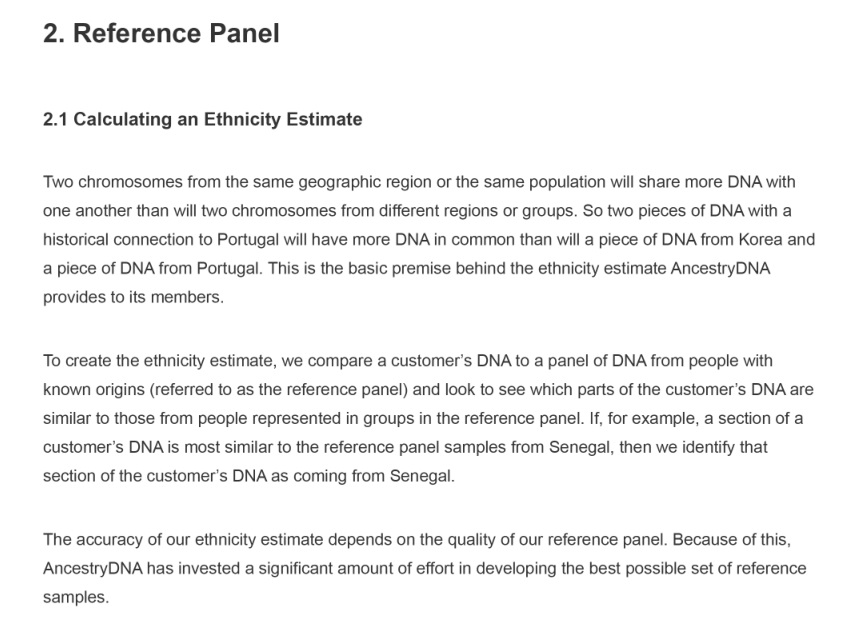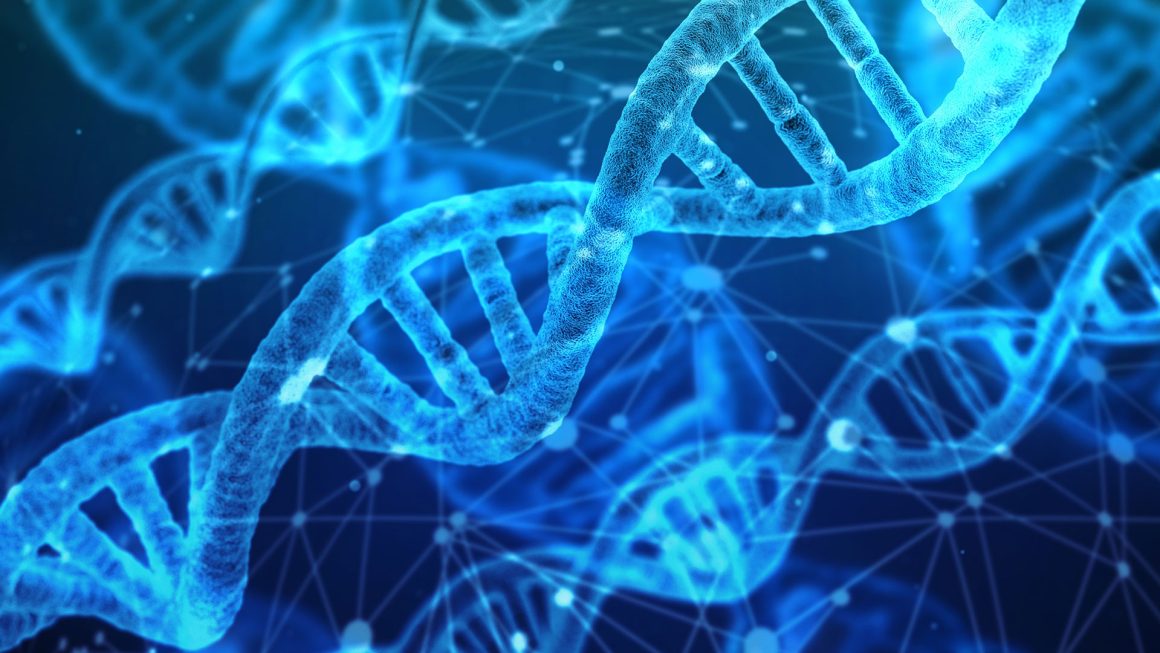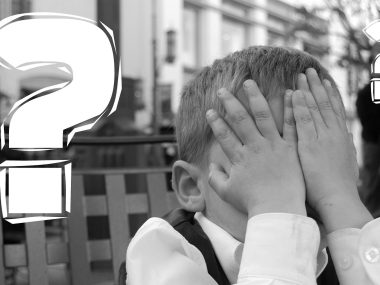Summary (TL;DR)
Intrigued by your DNA results, but confused by the percentages? You’re not alone! Ethnicity estimates are a captivating glimpse into your ancestry, but they’re not perfect. Think of them as educated guesses based on reference panels – puzzle pieces representing different populations. Missing pieces, like those from underrepresented groups, can affect accuracy. While the percentages might shift, your ethnicity estimate is a springboard for a fascinating journey of self-discovery. Dive deeper into your family stories and explore your heritage.
Have you ever stared at your AncestryDNA results, a thrill of discovery battling a nagging suspicion? Perhaps a specific ethnicity percentage glared back at you, defying the stories passed down through generations. In my case, a bold 48% Nigerian ancestry challenged the well-worn tapestry of European ancestry woven by my family lore. This unexpected twist ignited a burning curiosity within me, a yearning to untangle the truth encoded within my DNA.
This exploration wasn’t about erasing cherished family stories, but rather about enriching them with a deeper understanding. Race, as we know it, is a social construct, but ethnicity whispers tales of ancestral origins – the lands where your forefathers roamed. Yet, those captivating percentages on your results sheet? Think of them as educated guesses, not set-in-stone truths.
Join me as we delve into the fascinating, yet sometimes puzzling, world of ethnicity estimates. We’ll crack the code behind those percentages, unveil the science that powers them, and discover why your results might hold a few surprises. We’ll also explore the limitations of reference panels, the puzzle pieces used to create your ethnicity estimate, and how missing pieces can impact accuracy.
Unveiling the Mystery: What Your Ethnicity Estimate Actually Tells You
Remember that initial excitement of receiving your DNA results? Now, imagine a new layer of intrigue emerges. What if those percentages didn’t quite tell the whole story? Here’s where things get interesting.
Let’s rewind a bit. Race, as we know it, is a social construct, a label assigned based on physical characteristics. Ethnicity, on the other hand, whispers tales of your ancestral origins – the lands where your forefathers roamed. But those captivating percentages on your results sheet? Think of them as educated guesses, not set-in-stone truths.
Take your results, for example. Ancestry might tell you they’re “48% sure” you have ancestors from Nigeria. What this really means is they see a strong DNA connection between your genetic makeup and the reference panel for people with Nigerian heritage.
But here’s the secret sauce: These reference panels are like puzzle pieces – the more complete the picture, the more accurate the story. DNA testing companies create these panels by analyzing the DNA of people who self-reported their ethnicity and have a documented history in a specific region.
Intrigued, right? The plot thickens! These panels can have gaps, especially for populations who haven’t had the opportunity to participate in large numbers. Think about historical events like slavery and forced migrations – entire lineages might be missing from the puzzle. Imagine family lines that have died out, gone missing, or become unrepresented over time, leaving no living descendants to take a DNA test. Their unique genetic story remains unrepresented in the reference panel. Furthermore, your results might reflect ancestral origins, not necessarily where your ancestors lived throughout history.
So, while your ethnicity estimate can be a fascinating glimpse into the past, it’s important to remember it’s a work in progress. The good news? As more people take these tests and the reference panels become more inclusive, the picture will become clearer, revealing even more captivating chapters of your unique story.

Cracking the Code: Unveiling the Accuracy of Your Results
So, you’ve peeked into your ancestral past, and a question lingers: how accurate is this picture? Here’s where we separate fact from educated guess.
The good news? The ethnicity estimate likely points you in the right direction. Think of it as identifying the continent where your ancestors may have originated. Did your results showcase a high percentage from a specific region? Chances are, your family tree has roots that stretch back to that part of the world.
However, the exact percentages assigned to each ethnicity – those intriguing numbers next to each region – should be approached with a healthy dose of caution. Remember the puzzle analogy from before? Incomplete reference panels can lead to some missing pieces, affecting the overall accuracy. Imagine a beautiful jigsaw puzzle with a few crucial pieces gone – the picture might be recognizable, but the finer details remain elusive. For instance, while that 48% Nigerian ancestry is intriguing, it might be a bit off due to missing puzzle pieces in the reference panel.
This is where things get tricky. DNA testing companies often focus on the exciting aspects of discovering your heritage, and sometimes the limitations of reference panels can get overshadowed. It’s important to remember that these estimates are a work in progress, constantly evolving as more people participate, and the panels become more inclusive.
The key takeaway? Your ethnicity estimate is a captivating starting point, a springboard for further exploration. Embrace the journey of discovery, delve deeper into your family history – talk to relatives, consult historical records – and remember, the percentages might shift as science and our understanding of DNA evolve. So, dive into your family stories, explore historical records, and remember, your ethnicity estimate is just the beginning of a fascinating journey!



